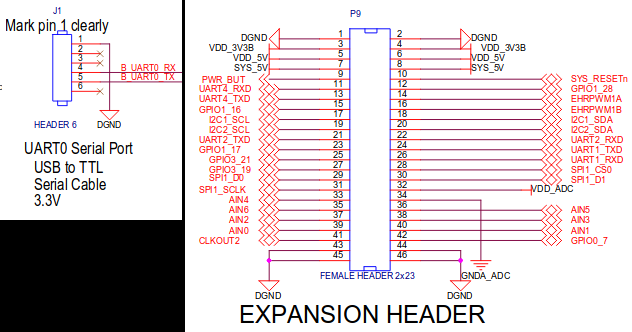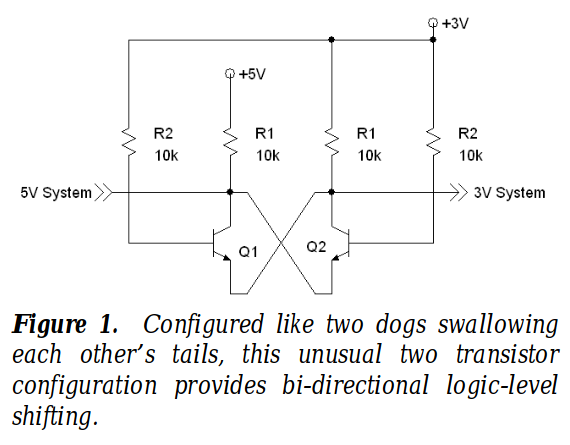Hi,
I am connecting to a couple of BeagleBone Black via "cu", I see the sequence "Ctrl-s"
gives "Output has been suspended". This disturbs my workflow since usually I use as editor Emacs or "mg" and I need that sequence to save files.
I saw on the web I shoud disable "ixon" and "ixoff" with "stty".
I did so but with no luck, Ctrl-s is not working in "mg".
Do you know how could I fix this ?
Bye
Nicola
I am connecting to a couple of BeagleBone Black via "cu", I see the sequence "Ctrl-s"
gives "Output has been suspended". This disturbs my workflow since usually I use as editor Emacs or "mg" and I need that sequence to save files.
I saw on the web I shoud disable "ixon" and "ixoff" with "stty".
I did so but with no luck, Ctrl-s is not working in "mg".
Do you know how could I fix this ?
Bye
Nicola


